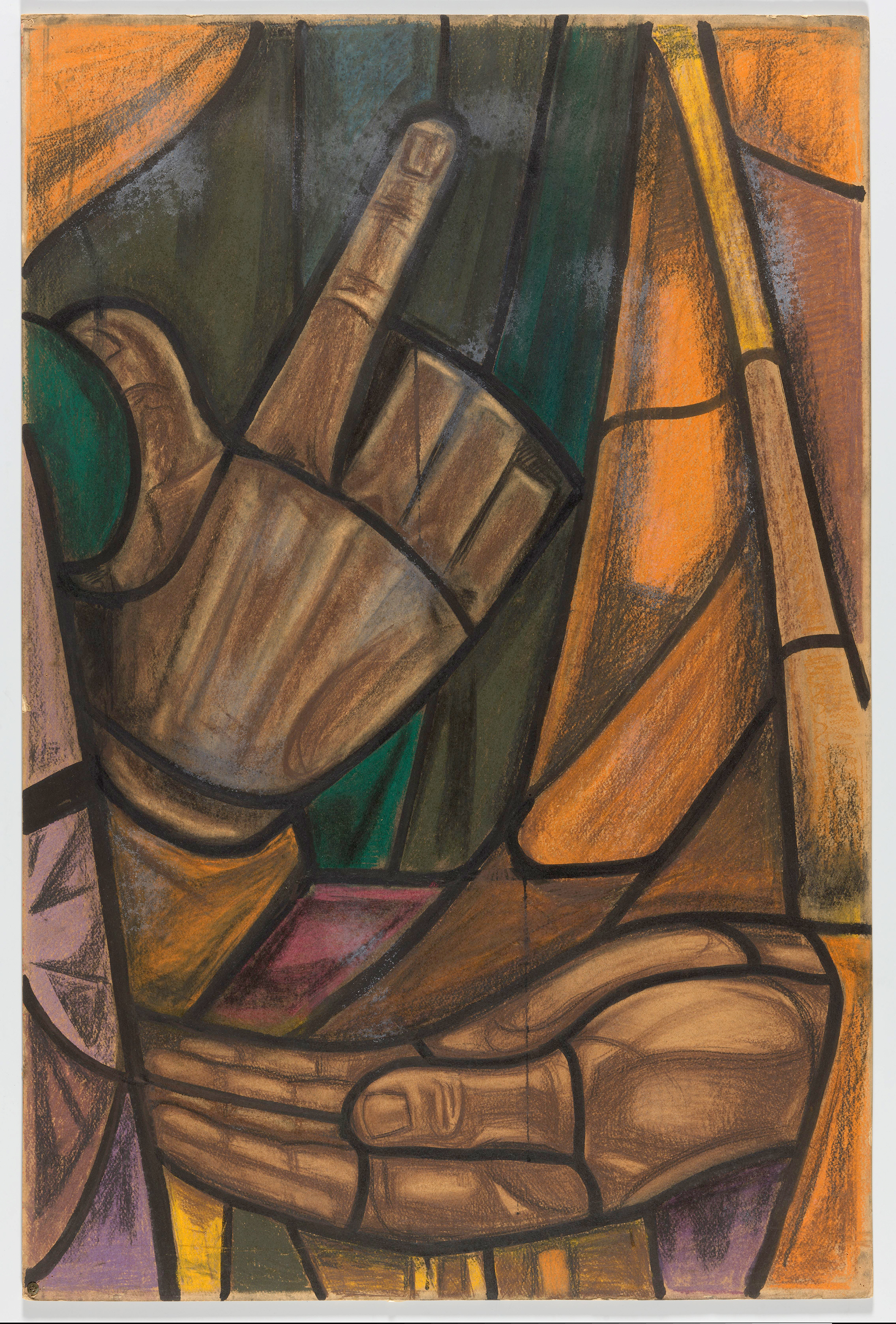
4 minute read
Building the Base: Pointed to the Seed.
BY PASTOR J. CHRISTIAN ANDREWS
Step outside on a cold day when you can “see” your breath. Exhale. Watch as a mist forms in the air. Imagine that every particle you see is a galaxy, a whirling collection of stars. Wonder for a moment what kind of being it would take to breathe the universe into being. A psalmist declared, “By the word of the Lord the heavens were made, And by the breath of His mouth all their host” (Psalm 33:6). God revealed himself to the psalmist through inspired words. He has revealed himself to us through that same inspired Word. With those words, we form our confession: I believe in God the Father Almighty, Maker of heaven and earth.
I believe in God. What kind of being breathed the universe into existence? According to Romans 1:20, it is possible to know God’s “invisible attributes, His eternal power and divine nature” by observing all he created. But to know God more fully, we need his Word. It is there that God teaches us about himself. In his Word, he names for us those invisible attributes, so we learn that he is eternal, unchanging, and spirit. We learn that he is omnipotent, omnipresent, and omniscient. God is holy. We are also taught of his more personable traits, characteristics that are still his divine nature but which make God approachable. God is just and faithful. He is loving, merciful, and gracious. When we confess that we believe in God, we are confessing the God who has shown himself to us in Scripture.
I believe God is the almighty Father. To confess that God is almighty is to declare belief in his eternal power and divine nature. To confess that he is our Father is to declare that he desires to be in fellowship with us. Those attributes we call “invisible” help us understand that he is almighty. Those attributes that show he is personable help us understand that God knows us and wants to be known by us. God uses both words, almighty and Father, for himself when he teaches us about himself. He wants us to know him as the Almighty. He wants us to call him Father. From God’s Word, we learn that God is both almighty and Father, in perfect balance at the same time.
I believe that God made the heavens and the earth. At the very beginning of God’s revelation about himself, he explained in beautiful detail the process he used when he brought into being everything that is. As the psalmist later declared, the Lord spoke, the Lord breathed. God said, “Let there be light.” Then, day by day for six days, he spoke again and again. On the last of those days, he took what he had made—the dust of the earth—and formed man and breathed. He
gave the man life with His very own breath. He made for the man a woman, flesh of his flesh, and bone of his bone. He walked every day with the man, Adam, and the woman, Eve, and had fellowship with them. God the Father Almighty shared his image with them, told them to fill the earth with that image, and gave them everything they needed for faith and life. And God rested on the seventh day to teach them and us to rest in all that he has given us.
We don’t know how long they lived in Eden, the garden into which they were placed. That detail is not part of the revelation. We don’t really know why they decided—believed even—that what God had given them was not enough. They listened to the deceiver, and “even though they knew God, they did not honor Him as God or give thanks, but they became futile in their speculations, and their foolish heart was darkened” (Romans 1:21). The fellowship with God Almighty was broken. Creation was tainted. Death came. The account, however, does not end there. We are pointed to the woman’s Seed and the love of God the Father, who then sent the Son …










